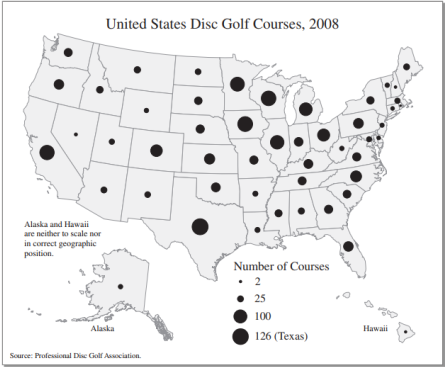A method of cartographic representation which employs distinctive color or shading applied to areas other than those bounded by isolines. These are usually statistical or administrative areas(Meynen, 1973)
Depicts bounded areal classified or aggregated data (often defined by administrative areas), it is sometimes called enumeration mapping
countries, states, provinces, counties, census tracts orany other unit that has associated attribute data that correspond to the enumeration units
Major concerns of the cartographer are data classification, areal symbolization, & legend design


